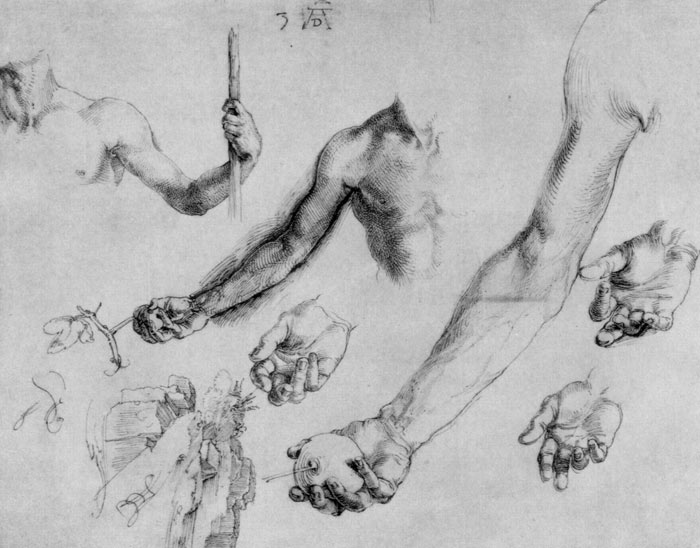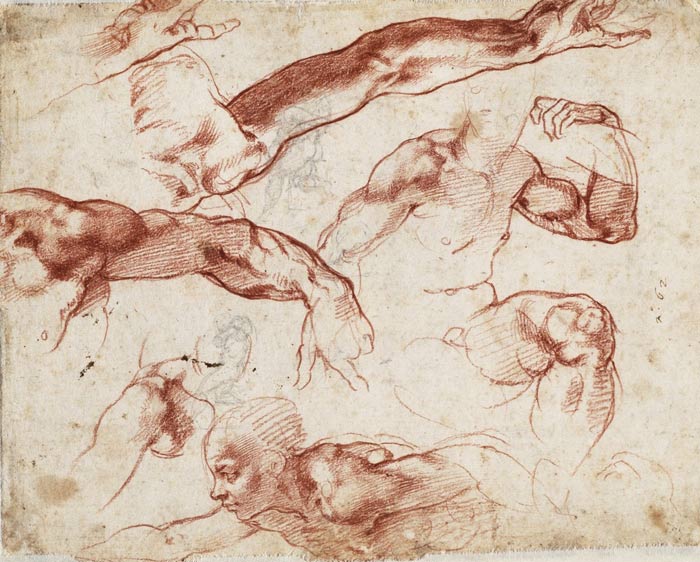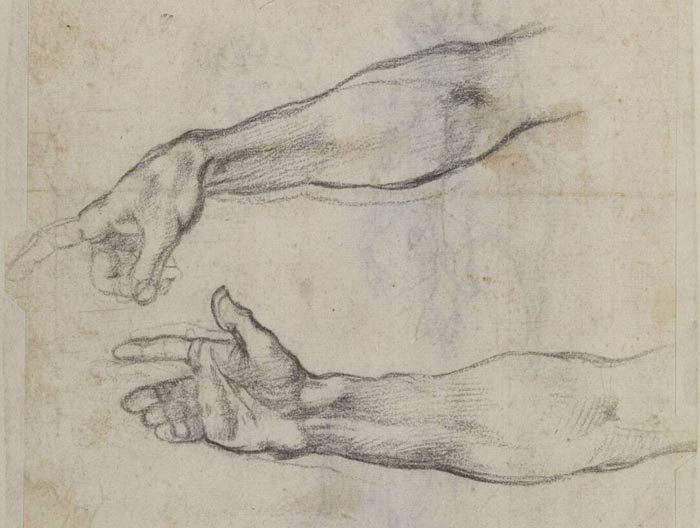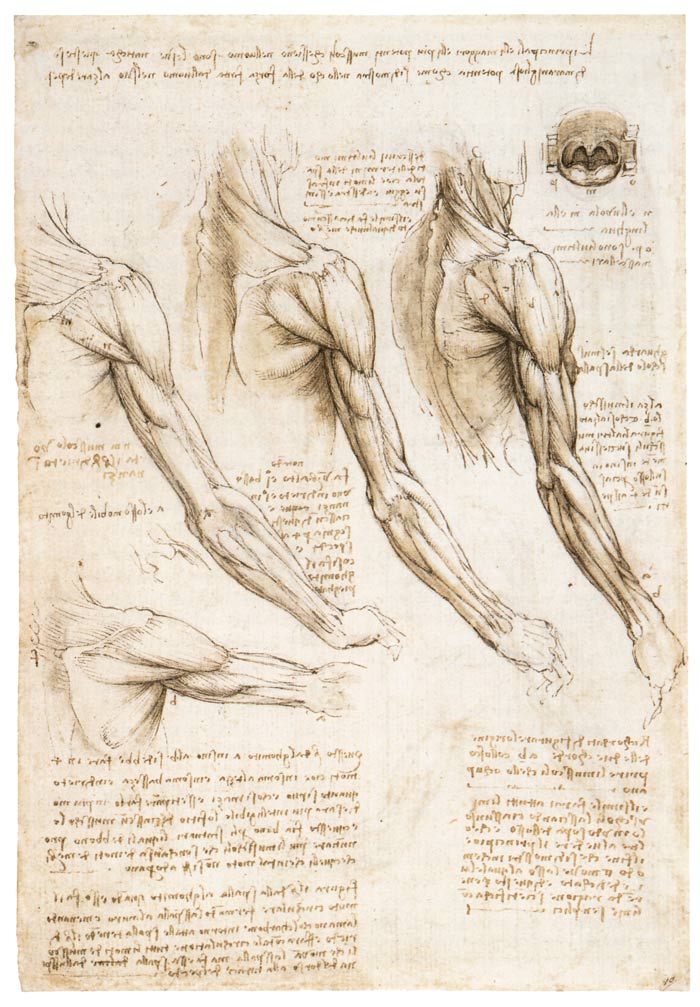Question from Kate
I would like to improve my life drawing skills, yet just starting with the blank page is what always scares me off.
I think that my observation skills need so much improvement.
Hi Kate,
Many thanks for your comment.
There is a sequence of steps when drawing figures from life. Depending on experience and style, an artist might keep those steps in mind (or even use them subconsciously), or draw helping virtual lines on paper.
I will briefly describe the beginning of this sequence:
1. Drawing begins with a decision on size and layout; this depends on a particular pose and creative task. Layout can be portrait, square, or landscape.
2. The main dimension (height for standing or length for reclining) of the figure is marked. This dimension will stay constant no matter how much redrawing is done later.
3. The figure’s width-to-height proportion is measured and marked. This proportion will stay constant as well.
I will carry on this description for a standing figure.
4. The main proportion is measured and marked—the middle of the figure, which in most cases coincides with the pubic bone or the hip joints line.
5. The lower and upper halves are divided in half. This division indicates the knee joint and the chest line.
6. The upper quarter is halved once again, which gives approximate dimension of the head (1/8).
7. The width of the pelvis is equal to (male model) or slightly bigger than the ribcage.
8. The distances from toes to the top of the kneecap, from the kneecap to the top of the pelvis and from the pubic bone to the pit of the neck are three equal dimensions.
9. The elbow is on the same level as the bottom edge of the ribcage.
10. The hand ends at the middle of the femur (thigh bone).
11. The middle of the head is exactly at the eye-line.
12. The distances between the hairline and eyebrows, eyebrows line and the base of the nose, and the base of the nose and the bottom edge of the chin are equal to each other.
… and so on.



If you “draw what you know” – proportions and construction as listed above – I fail to understand how you could be scared of a blank sheet of paper.
You don’t even need a model to do these preparatory lines. You just draw with confidence things you are absolutely sure about.
This will work for every model. Of course, then you can fine-tune those dimensions by measuring them on a model and fixing them in your drawing.
However, if you “draw what you see,” then you are prone to being tricked by your “observation skills” and making all the amateur mistakes of life drawing.
The question is not “how to improve your observation skills.” You have been practicing these skills on a daily basis your whole life by simply looking at things.
Your real challenge in drawing is that you can’t see see what you don’t know.
Here’s an example: if you don’t know the anatomy of pronation and supination of an arm, then you won’t be able to draw it without mistakes from life or imagination. Understanding of anatomy does not come from observation, you simply need to know what is beneath the skin – how the radius, together with muscles, rotates around the ulna and how this changes contours of an arm.


In the Drawing Academy, we give solid principles of constructive drawing, human anatomy for artists, information on proportions, composition, techniques of rendering tonal values, and so on.
These traditional principles of classical drawing are no longer taught in contemporary art colleges, so I do believe you will get a lot from this online drawing course.
To your creative success,
Vladimir London
Drawing Academy tutor





